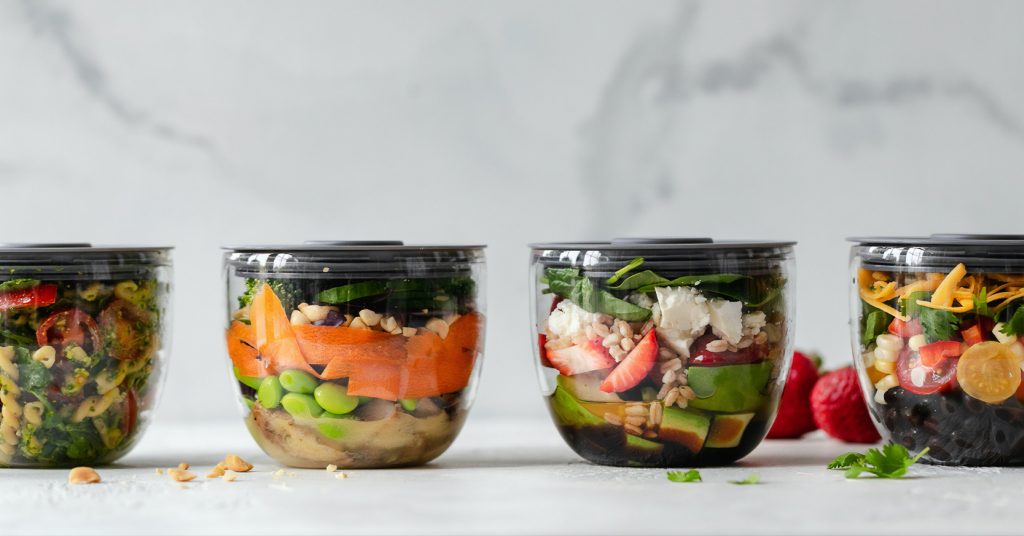
The European Union (EU) produces 100 million tons of food waste annually – equivalent to nearly 30% of the agri-food supply chain, with significant impacts on producers’ incomes and our environment.
EU food waste is set to rise to over 200 million tons by 2050 and will require an increase in food production of 50% globally – representing significant supply chain, socio-economic and environmental challenges.
Clearly, this situation is unsustainable from many perspectives, not least the United Nations’ Sustainable Development Goals (namely #12: Responsible consumption and production).
The accelerated cost impacts of food production from producer to consumer are brought into stark start light when we consider food waste worldwide – 1.3 billion tons, representing 8% of greenhouse gas emissions.
If food waste was a country, it would consume:
Several opportunities exist for improvement across supply chains:
Innovative packaging will lead to a 50% reduction in expected food waste (100m tons) by 2050, with a decrease of 250 million tons of CO2 equivalent.
This represents a significant contribution to EU targets, managing food cost, supporting recycling initiatives and continued development of innovative and sympathetic packaging solutions.
If we continue to invest and bring to market ‘bio-benign’ raw materials, we will achieve many of the targets set by both policy frameworks and industry bodies through a focus on:
Clarity of leadership and alignment of mandates will support sustained investment in recycling infrastructure across the EU, wider European continent and global markets whilst we iteratively implement and scale complex circular economy initiatives and frameworks.
The pace of change coupled with new innovations will deliver solutions we have not yet considered, but it’s essential we continue to invest in recycle, reduce, reuse at every level.
Stagnation, mixed messages and misinterpretation of objectives will result in a fractured and inconsistent approach; food (not packaging) is at the heart of the issue.
Let’s continue to develop what we know as this will work alongside the circular economy we are learning to deliver, and let’s learn and change together for the better.